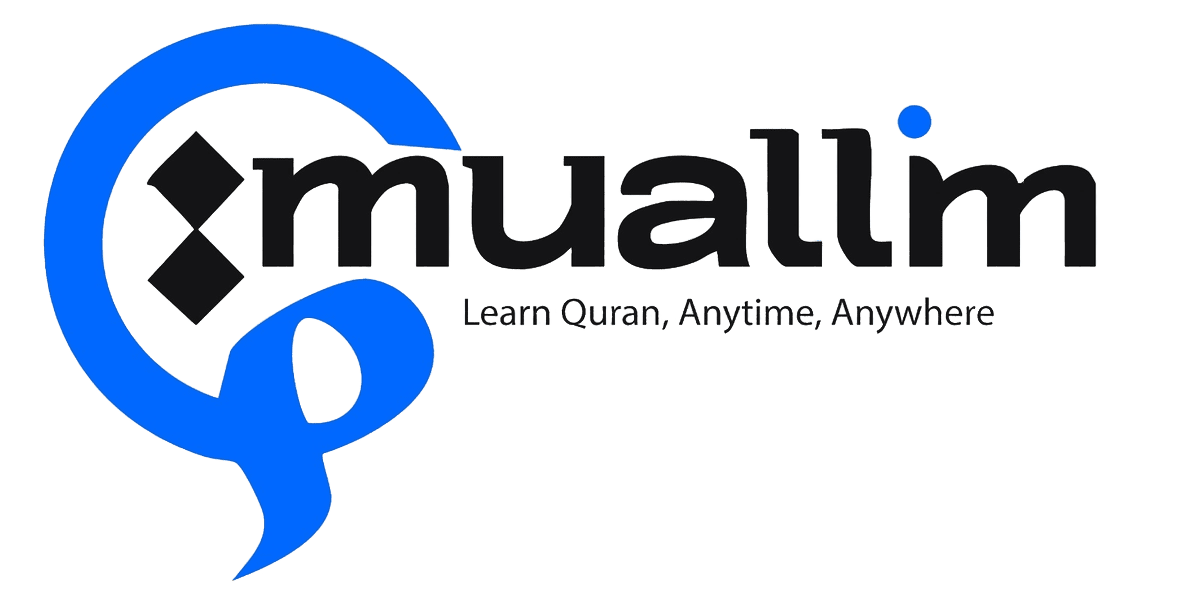Noorani Qaida is a very famous and important book for learning how to read the Holy Quran. It is the first step for anyone who wants to learn Quranic Arabic properly. Noorani Qaida helps learners to understand the basics of Arabic letters, sounds, and the way these letters join to make words. This book is specially designed for beginners, especially for children, but even adults who are new to Arabic can benefit from it.
Main Features of Noorani Qaida
1. Arabic Alphabets
The first lesson of Noorani Qaida teaches all the 28 Arabic letters. Each letter is shown in its original form so that learners become familiar with them. These letters include:
- Alif (ا)
- Baa (ب)
- Taa (ت)
- Thaa (ث)
And so on till the last letter Yaa (ي).
2. Pronunciation of Letters
The second lesson focuses on the Makharij (the way of pronouncing each letter from its correct place in the mouth or throat). This is very important because small mistakes in pronunciation can change the meaning of the word in Arabic.
For example:
- ح (Haa) and ه (Ha) sound very similar to beginners but are actually very different sounds in Arabic.
3. Joining Letters
After learning single letters, the next step is to see how these letters join together to make words. Arabic is a language where letters change shape when they connect. Noorani Qaida shows how to connect letters properly.
For example:
- ب + ا = با (Ba)
- ب + ت = بت (Bat)
4. Harakaat (Movements)
Harakaat are small signs or symbols that appear on or under the letters. They help in knowing how to pronounce the letter:
- Fatha ( َ ) gives an ‘a’ sound
- Kasra ( ِ ) gives an ‘i’ sound
- Damma ( ُ ) gives an ‘u’ sound
Example:
- بَ = Ba
- بِ = Bi
- بُ = Bu
5. Tanween (Double Sounds)
Tanween are double signs that give an ‘n’ sound at the end of a word. These are:
- ً (an)
- ٍ (in)
- ٌ (un)
For example:
- بً = Ban
- بٍ = Bin
- بٌ = Bun
6. Sukoon and Jazm
Sukoon ( ْ ) is a sign which tells that the letter is silent (no sound of a vowel after it).
Example:
- بْ = Just the ‘B’ sound without any vowel.
7. Maddah and Leen Letters
Some Arabic letters have a long sound called Maddah and some letters are called Leen (soft letters). Noorani Qaida explains how to stretch the sound and when to make it soft.
Example:
- آ is read as “Aaa” with a long stretch.
8. Tajweed Rules
Noorani Qaida also teaches the very basic Tajweed rules such as:
- Ikhfa (hiding sound)
- Idgham (merging sound)
- Iqlab (changing sound)
- Ghunna (nasal sound)
These rules help you to read the Quran the way Prophet Muhammad (ﷺ) read it.
Benefits of Learning Noorani Qaida in Arabic
1. Strong Foundation
If you learn Noorani Qaida properly, your Arabic reading skills will become very strong. You will not make mistakes when reading the Quran.
2. Better Tajweed
You will understand the proper way to read the Quran with Tajweed. This will make your recitation beautiful and correct.
3. Easy to Understand Quran
Once you know how to read Arabic properly, you can also try to understand the meaning of the Quran in Arabic itself.
4. Confidence in Recitation
Many students feel nervous while reading Quran in front of others. But when you know the correct pronunciation and Tajweed, you will feel more confident.
Who Can Learn Noorani Qaida?
- Children (as young as 4 years old)
- Adults who want to learn Quran from the beginning
- New Muslims (Reverts) who want to learn how to read Quranic Arabic
- Even teachers who want to teach Arabic to beginners
